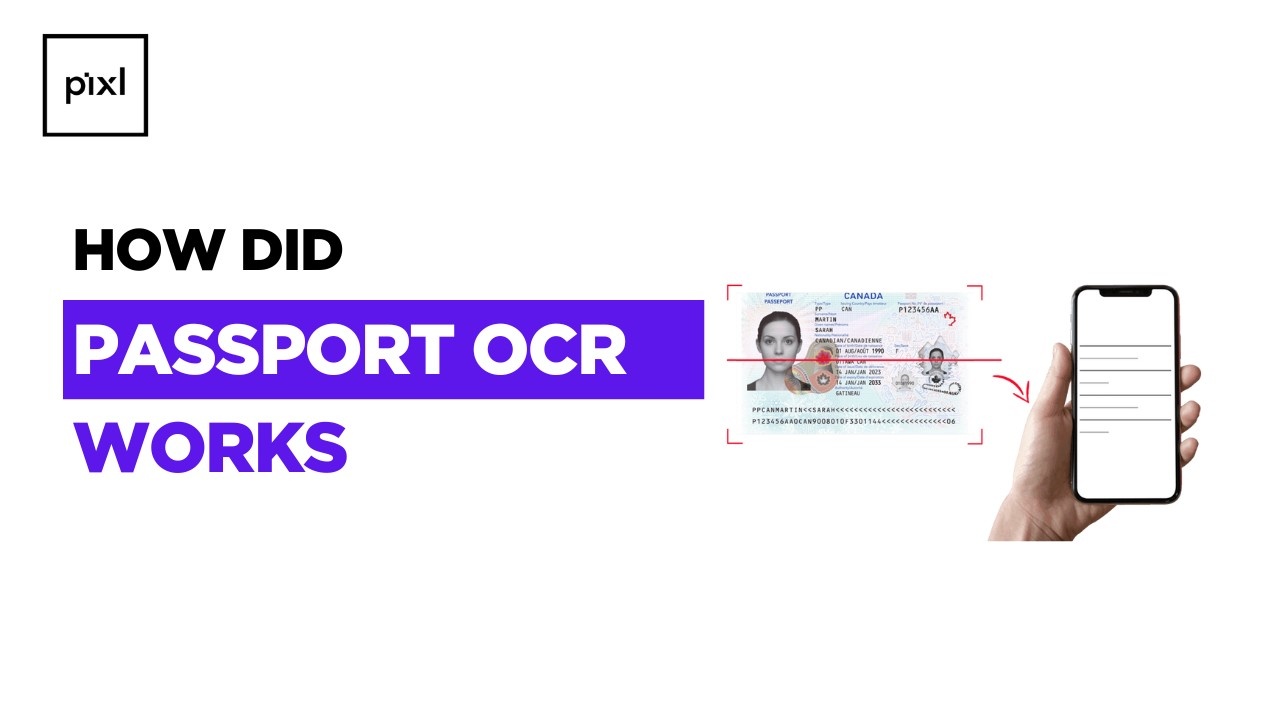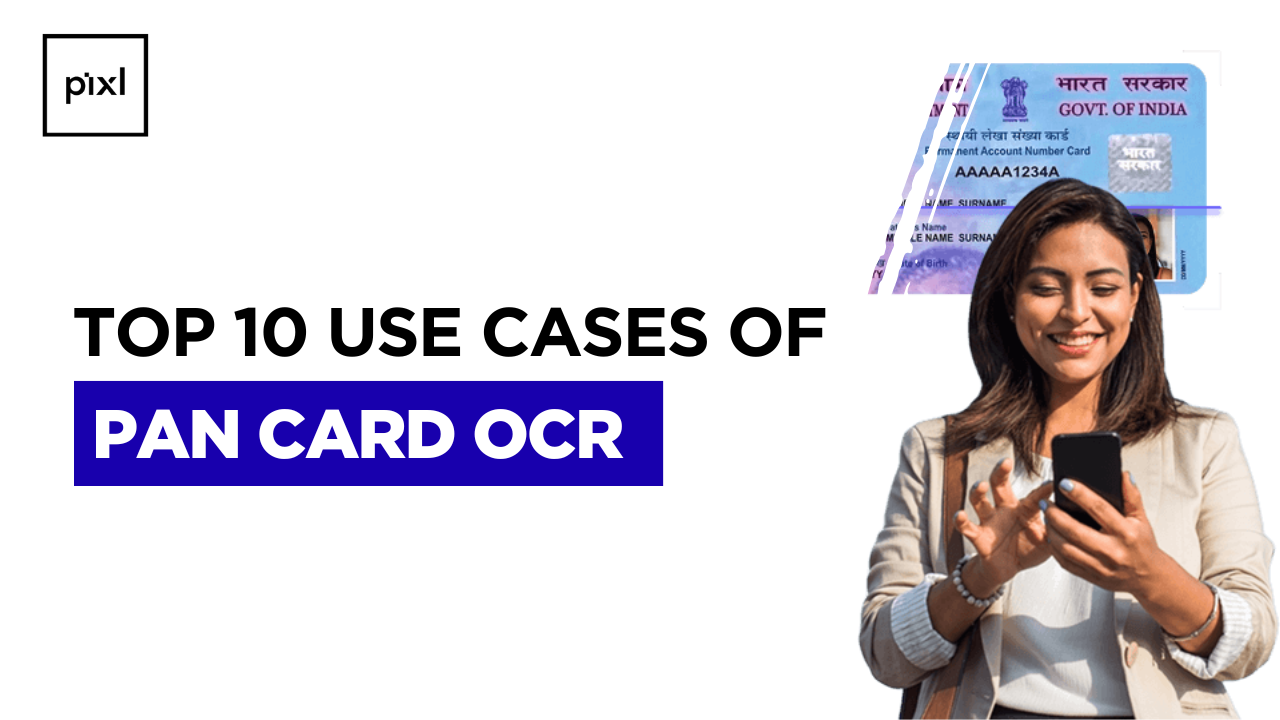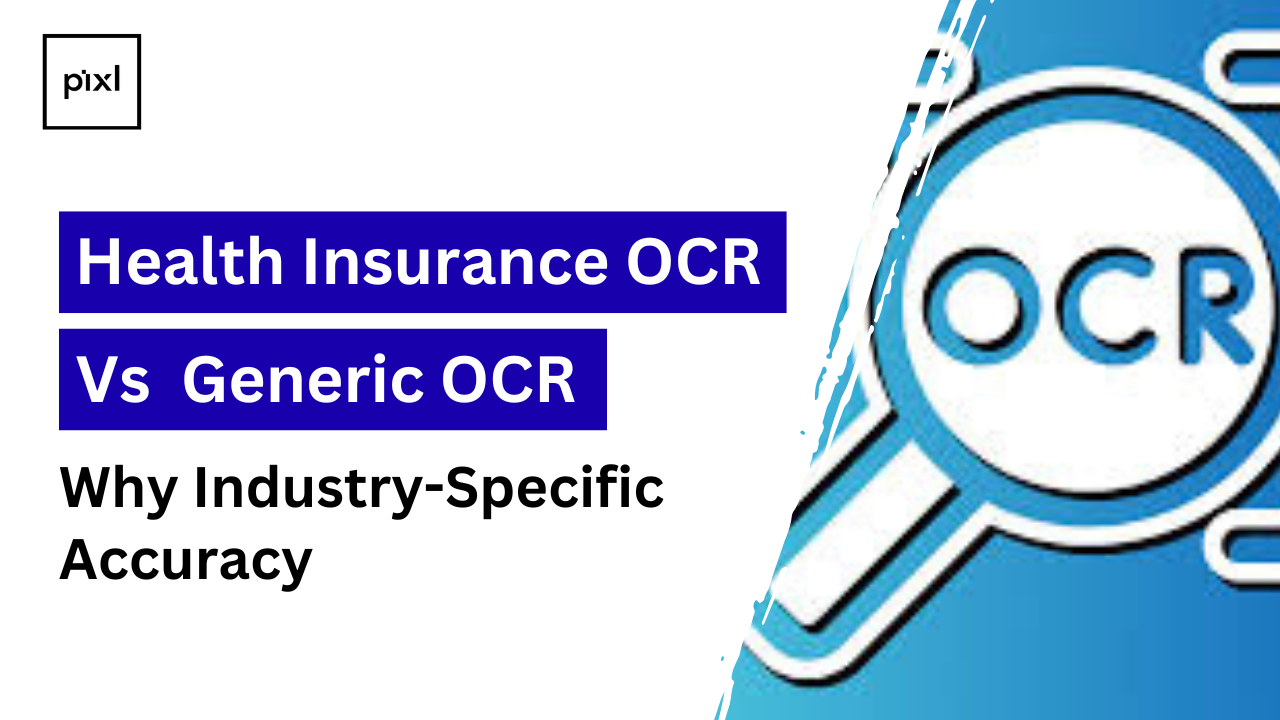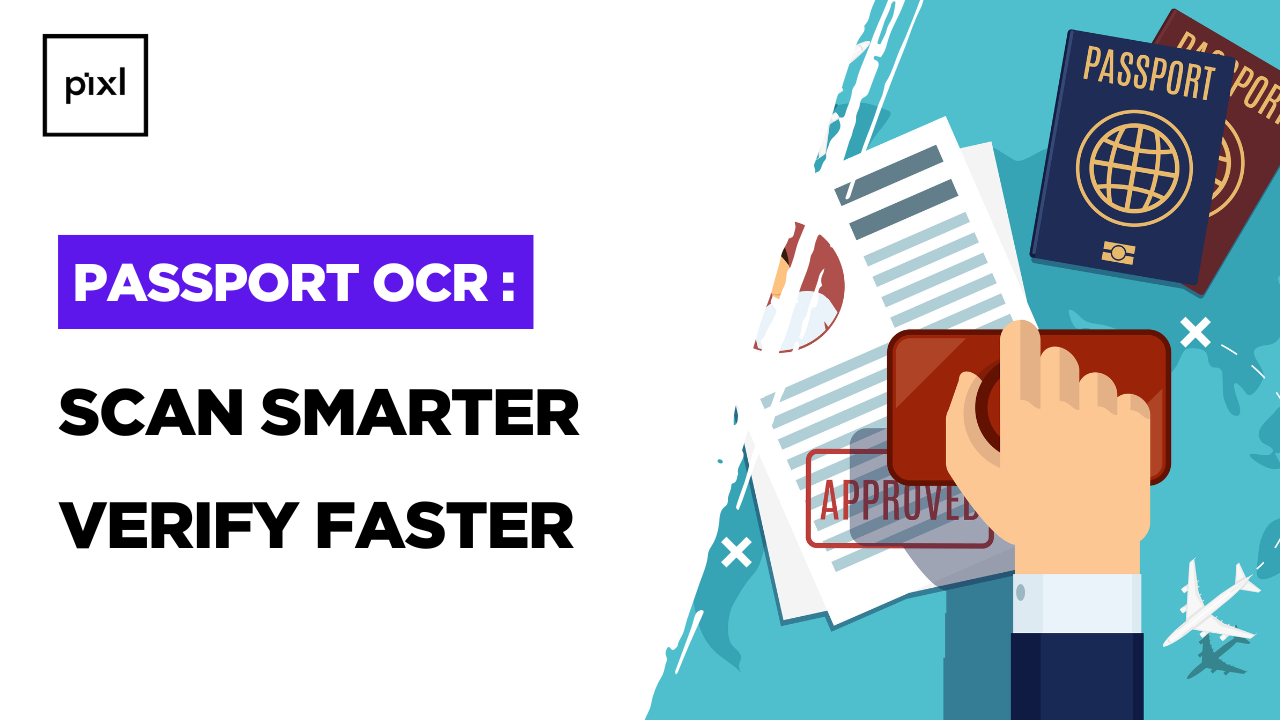When it comes to digital identity verification, few tools are as vital as Passport OCR. Whether you’re onboarding a customer remotely or verifying travelers at the airport, fast and accurate document processing is crucial. But how exactly does a passport OCR work?
In this article, we’ll explain the step-by-step process that powers modern OCR passport processing, and how smart technologies like AI and APIs make it accurate, scalable, and secure.
What Is Passport OCR?
Passport OCR (Optical Character Recognition) refers to the technology that reads and extracts text data from a scanned image or digital photo of a passport. Instead of relying on human input, the OCR software scans the document, identifies relevant fields (like name, date of birth, passport number), and instantly converts them into machine-readable formats.
This capability forms the core of passport recognition software, used across industries like banking, travel, immigration, and government.
Step-by-Step: How Passport OCR Works
Let’s break down the process into simple stages:
1. Document Image Capture
The first step involves capturing a clear image of the passport. This can be done via a smartphone camera, webcam, or document scanner. Modern solutions use document capture OCR for passports to enhance the image, detect edges, correct orientation, and remove glare—all before any data is read.Some advanced systems even support NFC chip reading for more secure verification.
2. Detection of MRZ and Visual Fields
Once the image is processed, the software detects and isolates key regions:
- Machine Readable Zone (MRZ): Located at the bottom of most passports, this section contains standardized data such as passport number, country code, date of birth, and expiration date.
- Visual Fields: Includes full name, nationality, photograph, and signature.
- Smart text recognition software for passports then takes over to extract data accurately, even from unclear or low-resolution images.
3. Optical Character Recognition & Data Parsing
Here’s where the actual OCR magic happens. Using pattern recognition and AI-based algorithms, the software reads characters from the detected fields and converts them into structured data.
This process involves:
- Character recognition
- Field mapping
- Error correction
- Language/script handling for global document formats
The best OCR software for passport scanning uses intelligent character recognition to adapt to variations in fonts, layouts, and languages.
4. Validation and Cross-Checking
After data extraction, the system validates the information for consistency and compliance. This can include:
- Verifying the MRZ structure
- Matching extracted data with backend systems or document databases
- Detecting forged or tampered documents through liveness checks, watermark detection, and hologram analysis
This is where OCR in passport verification proves essential. The goal isn’t just to read data—it’s to verify authenticity and prevent fraud.
5. Integration via Passport OCR API
All these steps are often powered behind the scenes by a passport OCR API. These APIs allow businesses to integrate OCR functionality into apps, onboarding flows, travel systems, and government portals with minimal development.
From mobile SDKs to web-based interfaces, these APIs ensure real-time processing at scale.
Key Fields to Be Extracted by Passport OCR
Here are the essential data fields that a high-performing OCR engine captures from a passport:
- Type
- Code
- Passport Number
- Surname
- Given Name
- Nationality
- Date of Birth
- Place of Birth
- Passport Expiry Date
- Date of Issue
- Issuing Country
- Signature
- Photograph
- Machine-Readable Zone (MRZ)
Smart OCR for passport digitization ensures that every one of these fields is captured accurately, without manual intervention.
What Makes It Smart OCR?
Traditional OCR solutions simply recognize characters. But smart OCR for passport digitization goes further—using AI, machine learning, and contextual analysis to improve accuracy and handle edge cases. It learns from each document processed, adapting to:
- Variations in passport design
- Non-standard layouts
- Poor image quality
This adaptability is what makes AI-based OCR solutions for passport verification more reliable in real-world scenarios.
Why It Matters?
Manual passport processing leads to human error, slower workflows, and higher security risks. By contrast, OCR offers:
- Speed – Processes documents in seconds
- Accuracy – Minimizes input errors
- Scalability – Handles high volumes with ease
- Security – Flags suspicious documents and verifies authenticity
Learn more about these advantages in our blog on How Passport OCR Software Overcomes Manual Capture Challenges.
Final Thoughts: Smarter Identity Starts Here
From fintech apps to airport terminals, passport OCR processing AI is transforming how we verify identities. By understanding how OCR works—down to MRZ scanning, document validation, and integration via passport OCR APIs—you’ll be better equipped to choose the right tools for your organization.
To explore how smart OCR fits into your workflow, visit our guide on Choosing the Right Passport OCR Software for a detailed feature breakdown.



